Wildlife
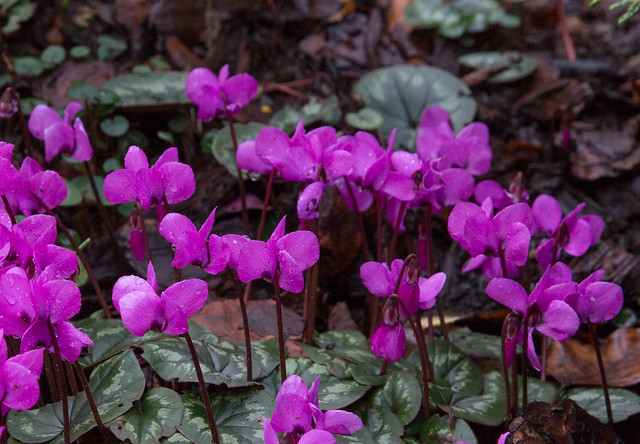
Winter flowering Cyclamen coum Cyclamen coum is a member of the primrose family, although its petals are rounded and swept back.
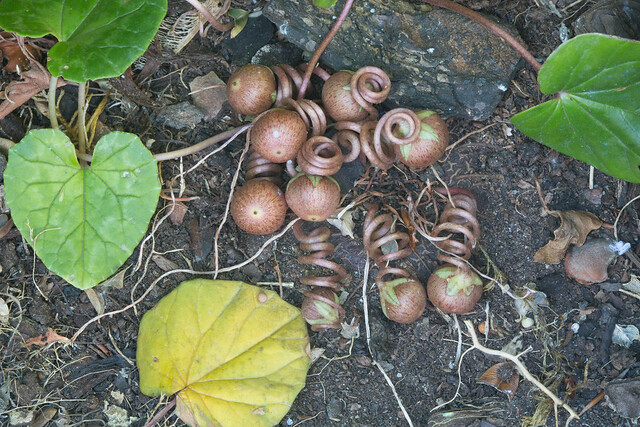
Each forming cyclamen seed capsule holds numerous seeds, each seed at maturity about 2mm diameter, surrounding a central mass of white, nutrient rich substance that entices and attracts ants and other wildlife.
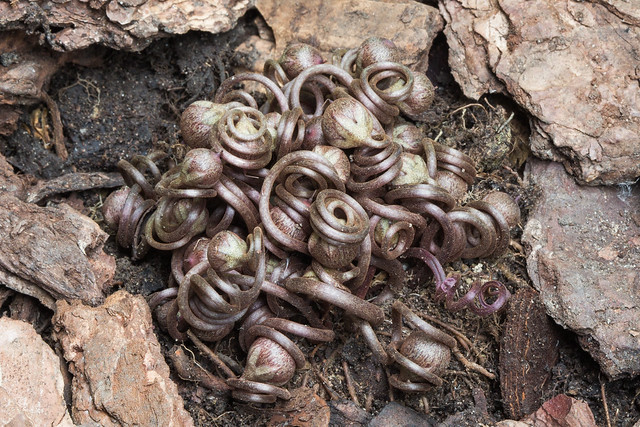
After pollination, the five-petalled cyclamen flowers will then fade and each leafless flower stem will then coil on itself and wrap around the developing seed capsule at the end of each stem, at the same time bringing the capsule towards the ground.
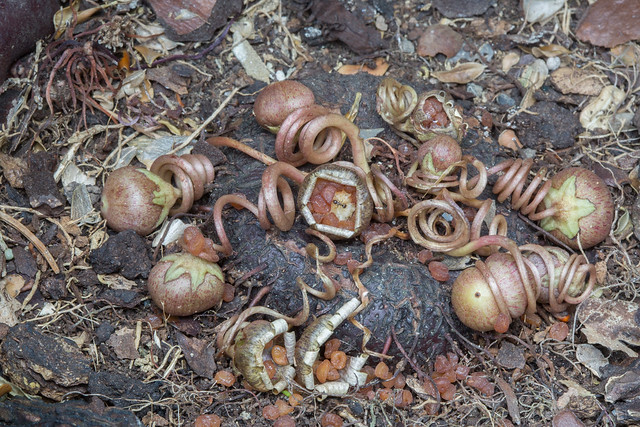
During early summer the expanded seed capsules are ripe and start to split and several flaps of the capsule then begin to curl backwards and reveal the contents of the seedpod.
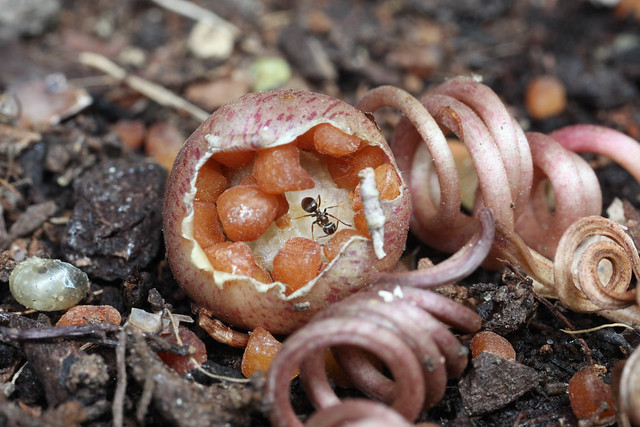
Initially the ant activity by the occasional foraging worker on a newly opening seed capsule was minimal. However, within a couple of days, the amount of ant activity often became frantic with numerous ants collecting or gorging!. Although we witnessed the white nutrient material being carried away by the ants, we did did not see ants carrying away the actual seeds.
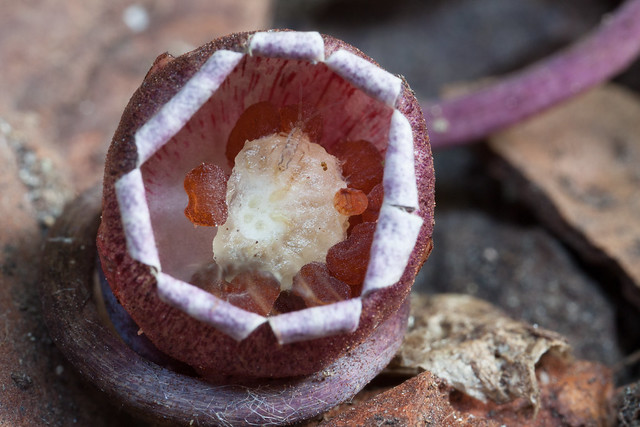

The coil eventually tightly hugs the seed capsule at ground level, whilst the seed capsule continues to develop..

Ants and other small wildlife such as woodlice are attracted. This wildlife carries out a beneficial biological function for the plant since some of the seeds are dispersed by this wildlife activity.
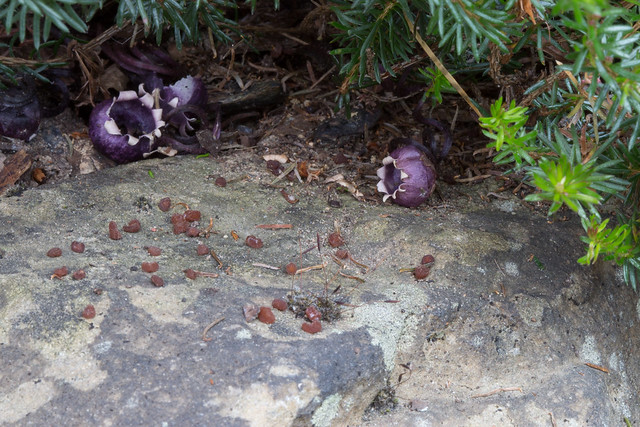
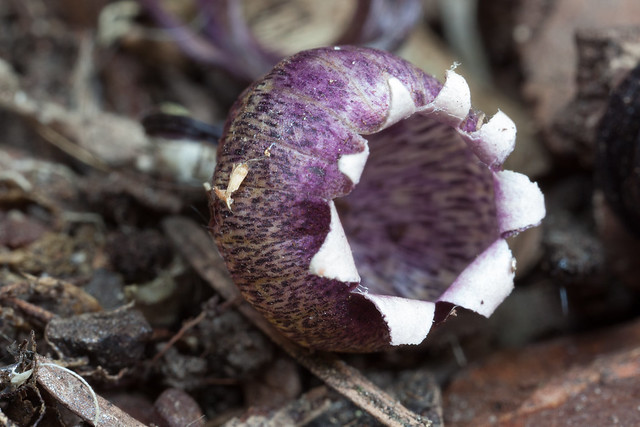
Garden ants engrossed in a Cyclamen seed pod feast!
About 2 days after this video was taken the cyclamen seed pod was totally empty of nutrient and seeds and the cyclamen seeds were widely scattered on the ground away from the plant.
Four Seasons Sitemap
© All Rights Reserved
Please do not download our photo images from this website to use for publication or any commercial reason without our permission.
Images may not be copied, reproduced, published or distributed in any medium without the expressed written permission of the copyright holder.
